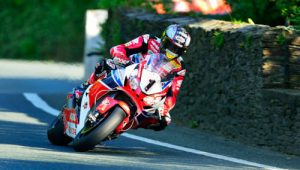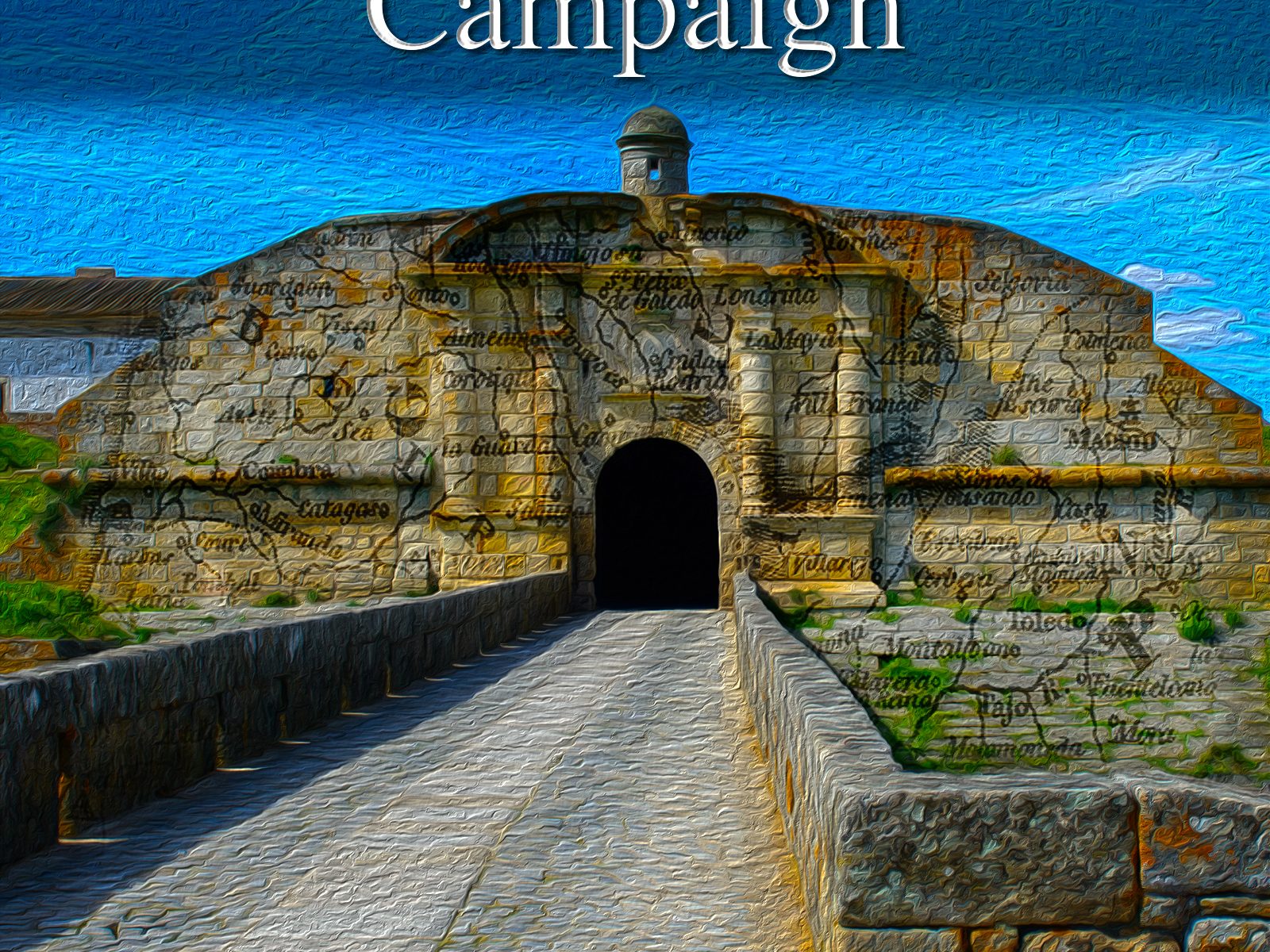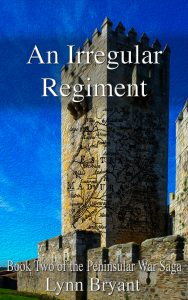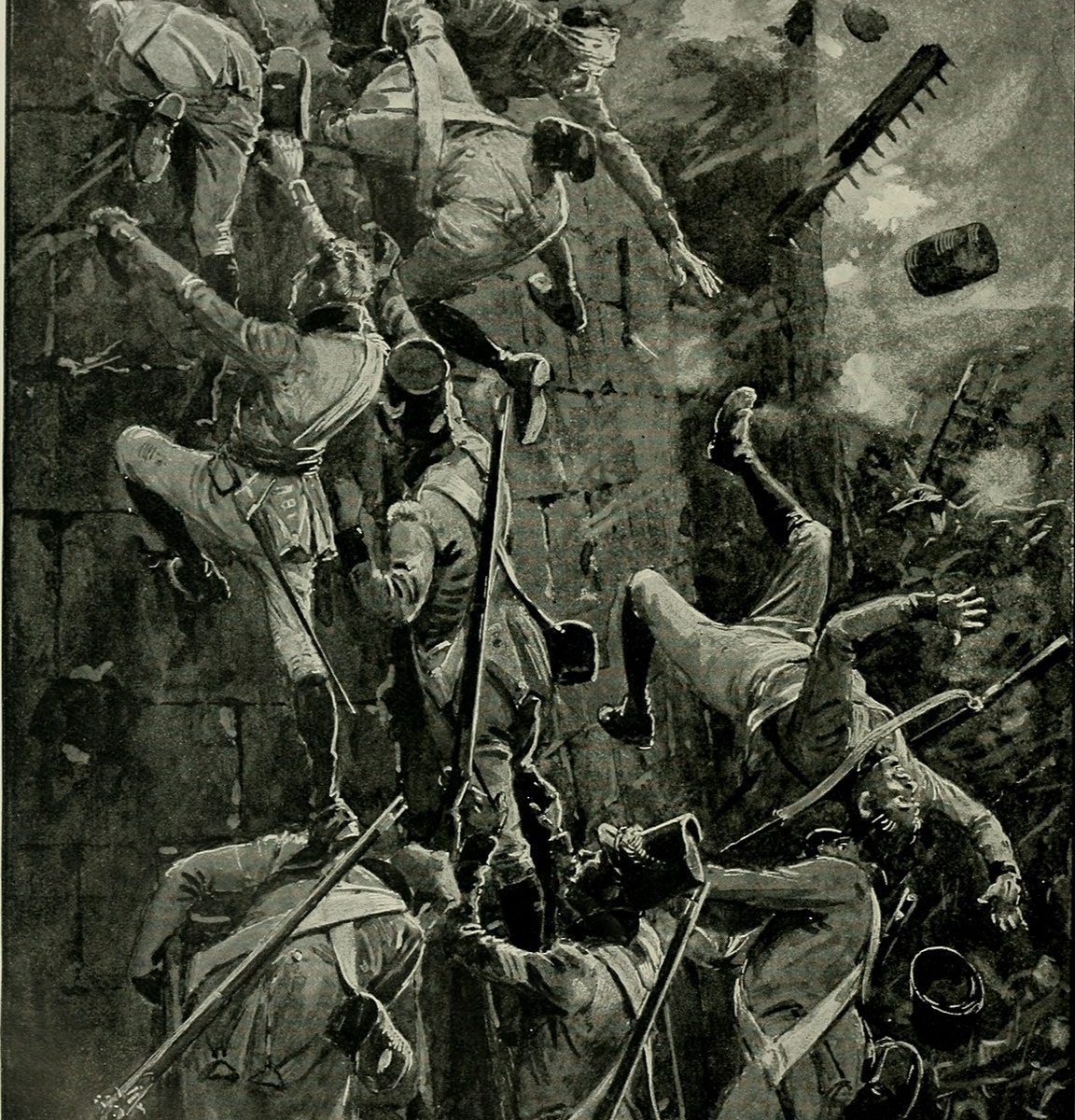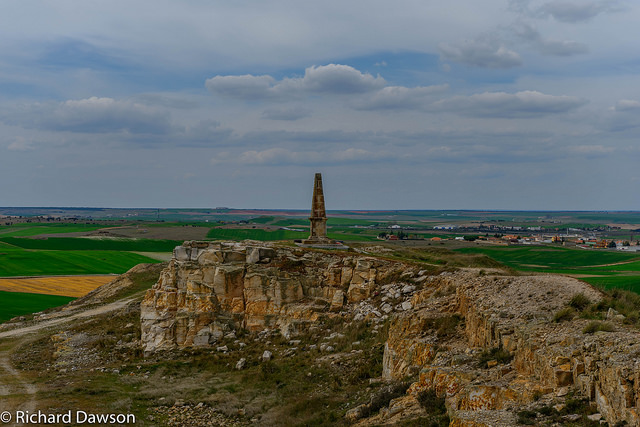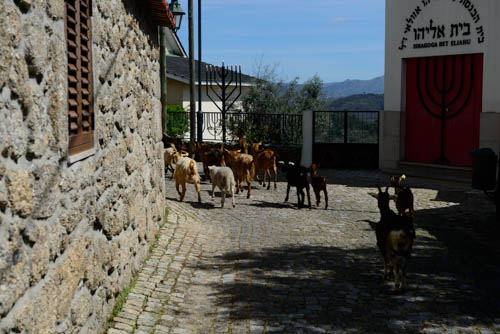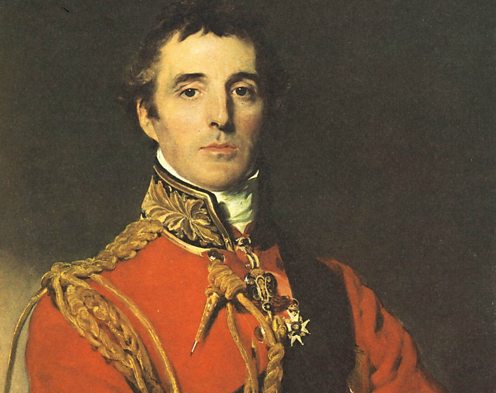
Welcome to 2018 at Writing with Labradors. It’s New Year’s Day on the Isle of Man, and it’s raining, windy and freezing cold. In some ways this is a relief because if it had been a nice day I would have felt obliged to go out for a walk and I don’t feel like it.
It’s been a very different and very busy Christmas this year, with Richard’s family with us for the whole of the holidays, and then entertaining friends to dinner last night. I’ve had no time to write, research or do anything else and in some ways that’s been quite hard.
I think it has probably done me good, however. Time away from the current book has given me the chance to think through what I’d like to do with it and I feel a lot clearer about where it is going. I’m very happy with the few chapters I’ve written and research is going well so I’m looking forward to getting on with it. I think my head may have needed the break.
It’s made me think a bit more about how I schedule my writing time going forward. I’m very privileged that I don’t have to hold down a full time job at the same time as writing, but I do have a very busy life with a family, my dogs, a big house to maintain and accounts and admin to be done for Richard’s business. I’m aware that it’s very easy to let things slide when I’m in the middle of a book, but I realise that I need to be better organised both with the various tasks through the day and with time off to relax.
This year I’ve edited and published seven existing novels, with all the associated marketing and publicity, I’ve written an eighth book from scratch and published it and I’ve started a ninth. I’ve handed my Irish dance school over to my two lovely teachers to run, I’ve supported son and daughter through GCSEs and AS levels, my old fella Toby through an operation at the age of 13 and I’ve had a major foot operation myself. I’ve toured the battlefields of Spain and Portugal where some of my books are set and I went to Berlin, Killarney, London, Hertfordshire, Nottingham, Manchester and Liverpool. I lost a very dear old family friend and went to his funeral. And I’ve gained some amazing new friends, some of whom I’ve not even met yet, although I’m hoping to this year. I’ve set up a website and an author page, joined Twitter and Instagram and I genuinely feel I can now call myself an author, something I had doubts about in one of my first posts on this website.
It has been an amazing year and I’m so grateful for all the help and support I’ve received. I’ve not won any awards, although I’ve had one or two reviews which have felt like getting an Oscar. Still, I’d like to do the thank you speech, because it’s the end of my first year as a published author and I owe so many people thanks for that.

I’m starting with the man I married, who has been absolutely incredible throughout this. He set up my website and taught me how to use it, and has always been there to answer any questions about technology. He spent hours designing the new covers for the Peninsular War Saga and he also took the photographs which are gorgeous. He drove me through Spain and Portugal, scrambled over battlefields and listened to me endlessly lecturing with more patience than I could have imagined. He has celebrated my good reviews and sympathised over the bad ones. He’s been completely amazing this year – thank you, Richard. You are the best.
My son is studying for A levels at home and shares the study with me. That’s not always easy, as during research I tend to spread out from my desk into the surrounding area, onto his table and onto the floor. He has become expert at negotiating his way through piles of history books. He is also a brilliant cook and will unfailingly provide dinner at the point when it becomes obvious I am too far gone in the nineteenth century to have remembered that we need to eat. Thanks, Jon.

My daughter is my fellow historian and brings me joy every day. She mocks my devotion to Lord Wellington ruthlessly, puts up with my stories, lets me whinge to her and makes me laugh all the time. She drags me away from my desk to go for hot chocolate and to watch the sun go down, watches cheesy TV with me, helps me put up the Christmas decorations and corrects my fashion sense. Thank you, bambino.
There are so many other people I should thank. Heather, for always being there and for offering to proof-read; Sheri McGathy for my great book covers; Suzy and Sarah for their support and encouragement.
Then there are the many, many people online who have helped me with research queries, answered beginners questions about publishing and shared my sense of the ridiculous more than I could have believed possible. There are a few of you out there but I’m singling out Jacqueline Reiter, Kristine Hughes Patrone and Catherine Curzon in particular. I’m hoping to meet you all in person in 2018 and to share many more hours of Wellington and Chatham on Twitter, Archduke Charles dressed as a penguin and the mysterious purpose of Lady Greville’s dodgy hat. A special mention also goes to M. J. Logue who writes the brilliant Uncivil War series, and who is my online partner-in-crime in considering new ways for the mavericks of the army to annoy those in charge and laughing out loud at how funny we find ourselves.
The new book is called An Unwilling Alliance and is the first book to be set partly on the Isle of Man, where I live. The hero, a Royal Navy captain by the name of Hugh Kelly is a Manxman who joined the navy at sixteen and has returned to the island after Trafalgar with enough prize money to buy an estate, invest in local business and find himself a wife while his new ship is being refitted. It’s a tight timescale, but Hugh is used to getting things his own way and is expecting no trouble with Roseen Crellin, the daughter of his new business partner. Her father approves, she is from the right background and the fact that she’s very pretty is something of a bonus. It hasn’t occurred to Hugh that the lady might not see things the same way…
The title obviously refers to the somewhat rocky start to Hugh and Roseen’s relationship, but it has other meanings as well. The book moves on to the 1807 British campaign in Denmark and the bombardment of Copenhagen, in which Captain Kelly is involved. The Danes were unwilling to accept British terms for the surrender of their fleet to avoid it falling into the hands of the French and as an alliance proved impossible, the British resorted to force.
In addition, there was something of an unwilling alliance between the two branches of the British armed forces taking part in the Copenhagen campaign. There is a history of difficulties between the Army and the Navy during this period, and given that the Danish campaign required the two to work together, there is an interesting conflict over the best way to conduct the campaign.

The naval commander during this campaign was Admiral James Gambier while the army was commanded by Lord Cathcart. While Captain Hugh Kelly served under Gambier in the British fleet, a division of the army under Cathcart was commanded by Sir Arthur Wellesley and Brigadier General Stewart and consisted of battalions from the 43rd, 52nd, 95th and 92nd – the nucleus of the future Light Division, the elite troops of Wellington’s Peninsular army. In An Unconventional Officer, we learn that the expedition is to be joined by the first battalion of the 110th infantry under the command of the newly promoted Major Paul van Daan and An Unwilling Alliance looks at the campaign from both the army and naval perspective, filling in part of Paul’s story which is not covered in the series.
I am hoping that the book will be published at the beginning of April 2018 and it will be followed by book 5 of the Peninsular War Saga, An Untrustworthy Army, covering the Salamanca campaign and the retreat from Burgos some time in the summer. After that I will either get on with the sequel to A Respectable Woman which follows the lives of the children of Kit and Philippa Clevedon or the third book in the Light Division series, set after Waterloo.
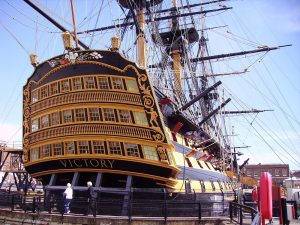 We’re hoping to go back to Portugal and Spain this year for further photography and battlefield mayhem. I’ve got some new ideas for the website and will be publishing several more short stories through the year. My first research trip is in a couple of weeks time when I’ll be visiting Portsmouth and the Victory, the National Maritime Museum and possibly the Imperial War Museum if I don’t run out of time. And the Tower of London for no reason at all apart from the fact that Wellington used to enjoy bossing people around there.
We’re hoping to go back to Portugal and Spain this year for further photography and battlefield mayhem. I’ve got some new ideas for the website and will be publishing several more short stories through the year. My first research trip is in a couple of weeks time when I’ll be visiting Portsmouth and the Victory, the National Maritime Museum and possibly the Imperial War Museum if I don’t run out of time. And the Tower of London for no reason at all apart from the fact that Wellington used to enjoy bossing people around there.
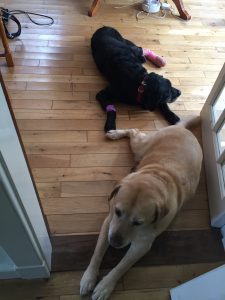
My final thanks go to the real stars of Writing with Labradors. Toby, my old fella, is thirteen now and survived a major operation this year far better than I did. Joey is eleven and needs to lose some weight. They are my friends, my babies and my constant companions and I can’t imagine life without either of them although I know that day is going to come. Thank you to my dogs who are with me all the time I’m working and who make every day happier.
Happy New Year to all my family, friends, readers and supporters. Looking forward to 2018.

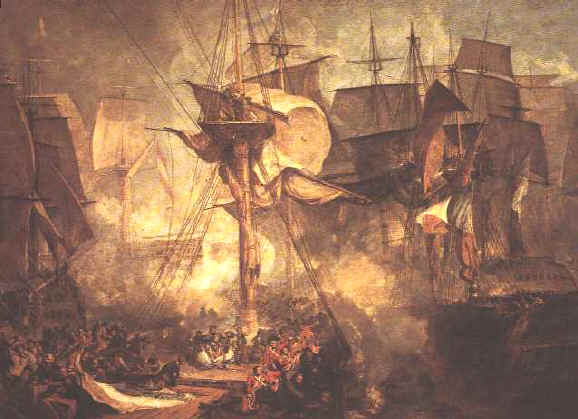

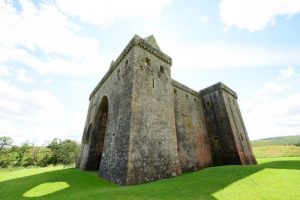 For 300 years the people of the Anglo-Scottish Border region lived in a war zone. Invading armies caused terror, destruction and death and the ongoing conflict forged men who were expert raiders and cattle thieves, owing loyalty to none but their own clan, their own surname. We have come to know them as the Border Reivers.
For 300 years the people of the Anglo-Scottish Border region lived in a war zone. Invading armies caused terror, destruction and death and the ongoing conflict forged men who were expert raiders and cattle thieves, owing loyalty to none but their own clan, their own surname. We have come to know them as the Border Reivers.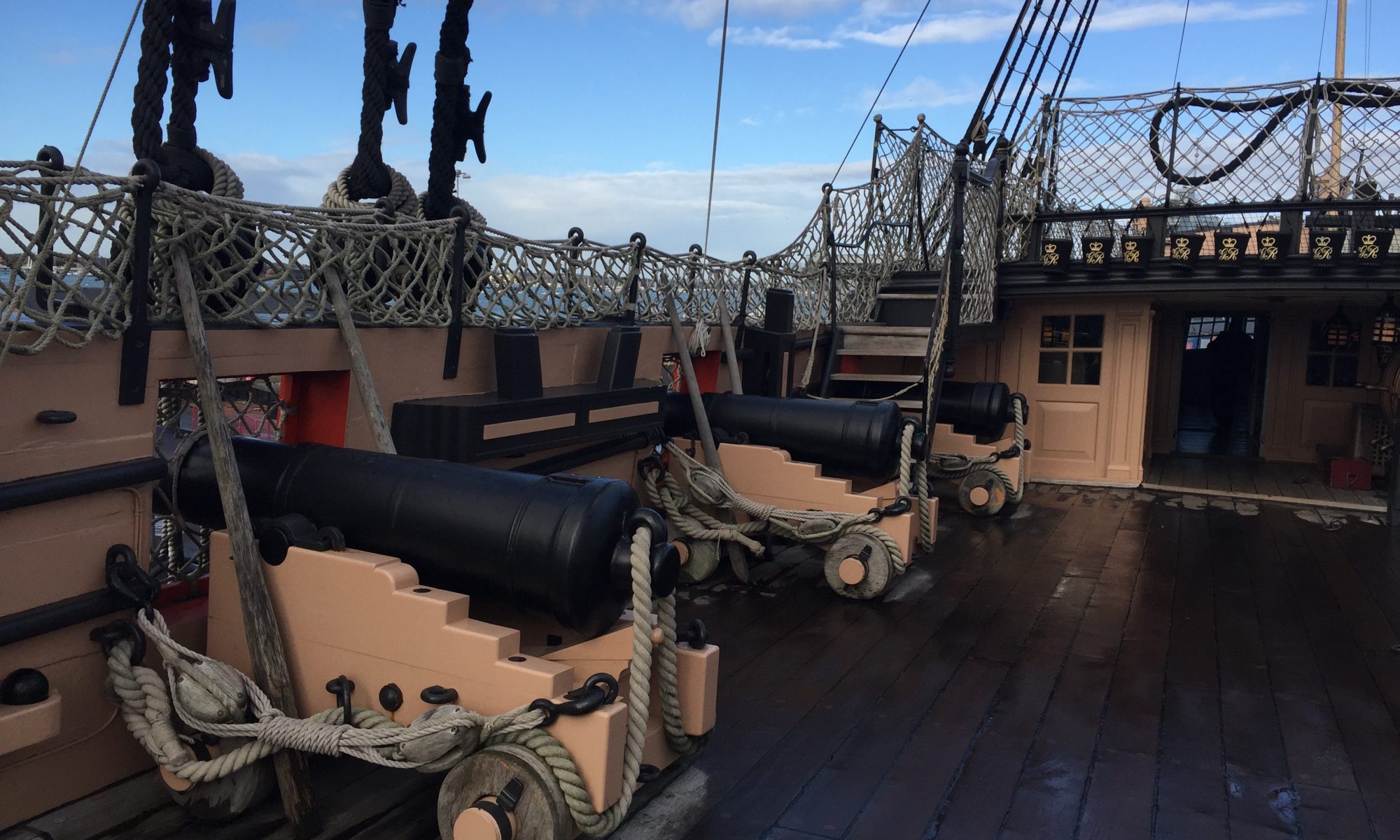
 Black Tot Day is something I’d never heard of until I did some research on army rations during the Peninsular War. It was one of those sessions where I went to have a quick look on Google to make sure my memory was correct on something and forty five minutes later I found myself still immersed in Royal Navy history.
Black Tot Day is something I’d never heard of until I did some research on army rations during the Peninsular War. It was one of those sessions where I went to have a quick look on Google to make sure my memory was correct on something and forty five minutes later I found myself still immersed in Royal Navy history.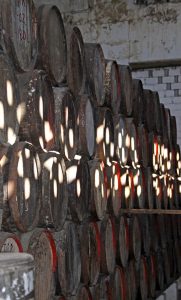 The daily tot was a long-standing naval tradition. In the seventeenth century English sailors were allocated a gallon of beer a day but there was a problem with storing so much liquid aboard ships. In 1655, therefore, sailors were offered a half pint of rum instead and rum quickly became the drink of choice. Due to increasing problems with drunkenness on ships the ration was set in naval regulations in 1740 so that the rum was mixed with water on a 4:1 ratio and split into two servings per day.
The daily tot was a long-standing naval tradition. In the seventeenth century English sailors were allocated a gallon of beer a day but there was a problem with storing so much liquid aboard ships. In 1655, therefore, sailors were offered a half pint of rum instead and rum quickly became the drink of choice. Due to increasing problems with drunkenness on ships the ration was set in naval regulations in 1740 so that the rum was mixed with water on a 4:1 ratio and split into two servings per day.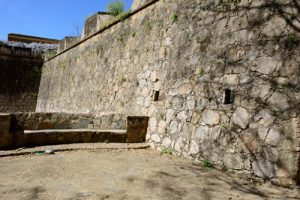 One of the most shocking of these was the sacking of Badajoz in 1812 when the British army ran wild in the town for three days, ignoring all orders and looting, murdering and raping at will. A big part of this horrific incident was probably due to drunkenness as the wine shops and cellars of the town were the first to be looted. When some officers tipped over the wine pipes in an attempt to limit their soldiers drinking, the men lay down in the street and drank the wine from the gutters.
One of the most shocking of these was the sacking of Badajoz in 1812 when the British army ran wild in the town for three days, ignoring all orders and looting, murdering and raping at will. A big part of this horrific incident was probably due to drunkenness as the wine shops and cellars of the town were the first to be looted. When some officers tipped over the wine pipes in an attempt to limit their soldiers drinking, the men lay down in the street and drank the wine from the gutters. Personally I think that a tot of rum at 11am every day would send me to sleep for the rest of the day but there is no doubt that back in 1970 a lot of ratings would have echoed Captain Jack Sparrow’s horrified question…
Personally I think that a tot of rum at 11am every day would send me to sleep for the rest of the day but there is no doubt that back in 1970 a lot of ratings would have echoed Captain Jack Sparrow’s horrified question…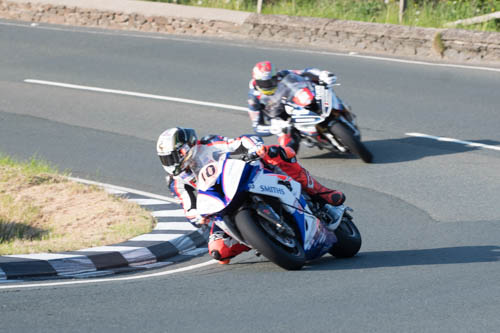
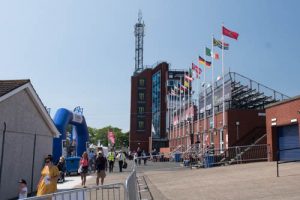 vents of this week reminded me of this blog post I wrote about the TT this time last year. I wanted to share it, as it gives a bit of a flavour of what it’s like to be living in the middle of this madness.
vents of this week reminded me of this blog post I wrote about the TT this time last year. I wanted to share it, as it gives a bit of a flavour of what it’s like to be living in the middle of this madness.